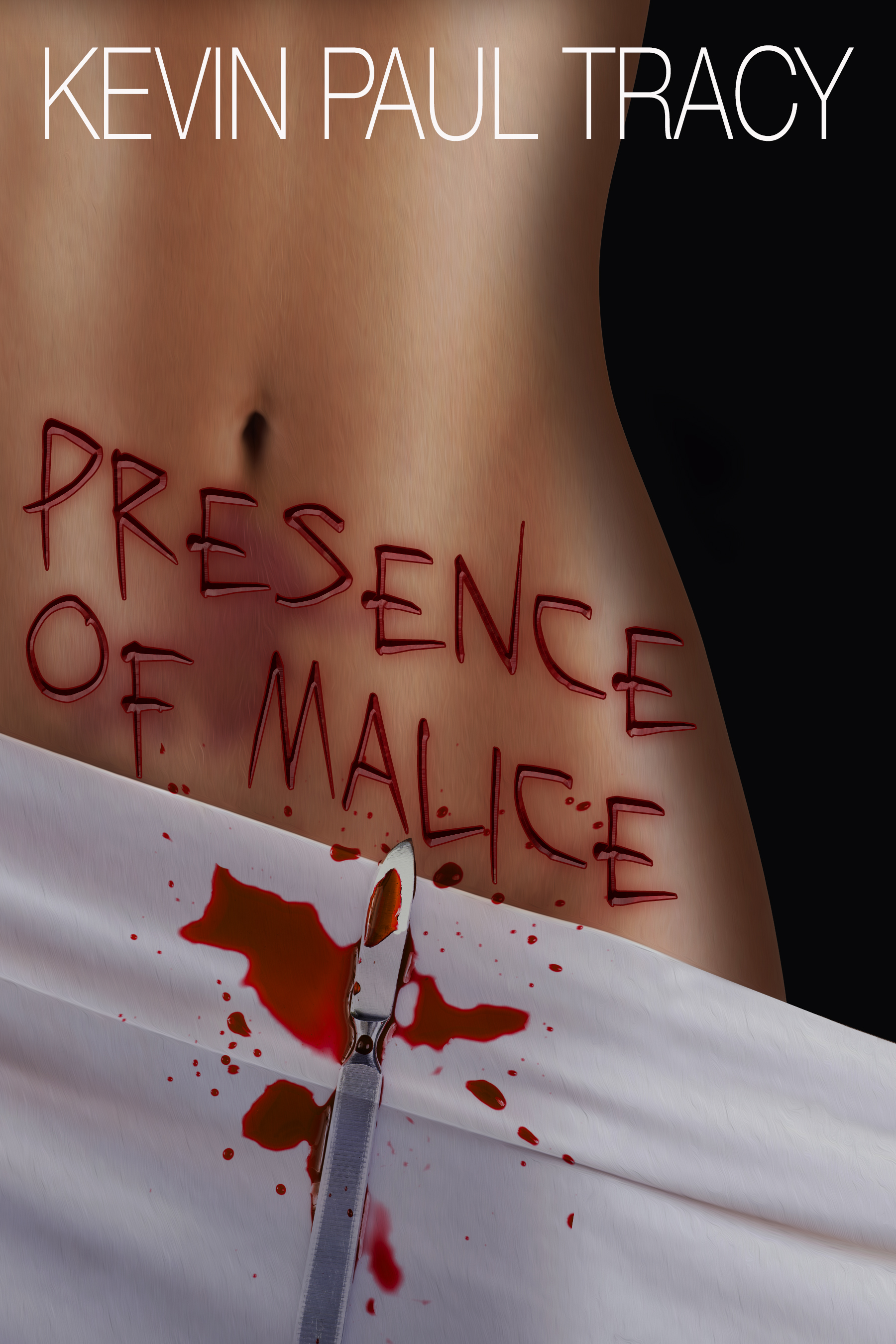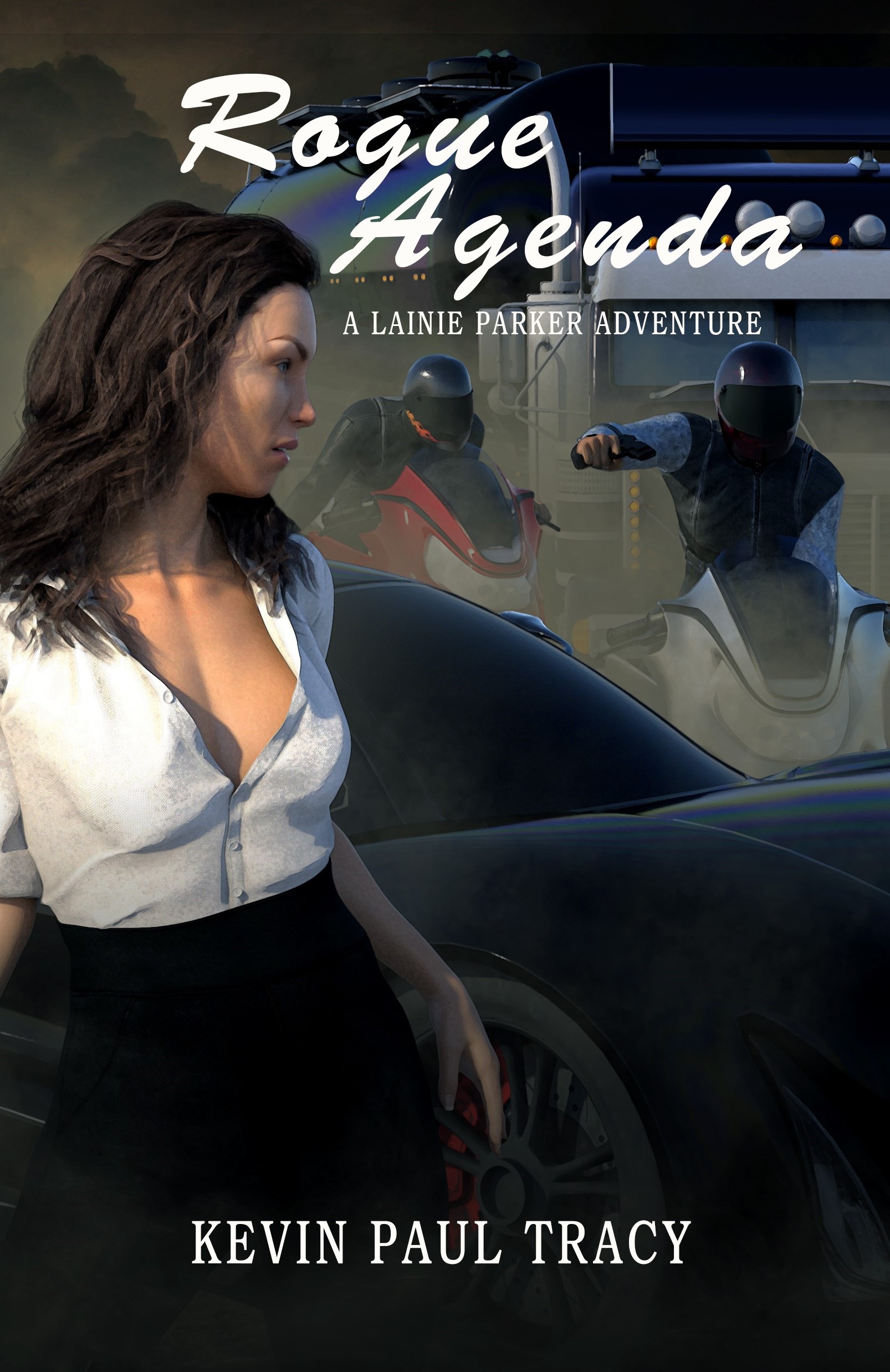SUSPENDING BELIEF...OR HANGING IT BY THE NECK UNTIL DEAD?

First, let's all agree - fiction isn't real life. Readers of fiction read for diversion from real-life cares and woes. One can become invested in the lives of characters without paying the very real price, which more often than not is a broken heart. Still, in order for readers to care, the characters in the novel and the world in which they inhabit need to bear as much similarity to our real world as is necessary for us to identify with them and their dilemmas. Even in speculative fiction - Asimov was a master of taking creatures utterly alien to us (read "The Gods Themselves") and making us care about their lives and the challenges they face. The key is creating a world who dangers, pitfalls, and rewards are those we, as readers, can identify and sympathize with.
There have been certain (I hate the word - so overused these days) tropes that writers fall back on, whether writing novels or screenplays, that will not go away, as much as you wish they would. They are oft repeated because they are easy, expedient, even dare I say lazy ways to skip over an obstacle to a character's path without truly having to deal with it. I hate these and would love to never see any of them portrayed in writing or film ever again. You'll see what I mean as we go on.
SIX LAZY TROPES
- THE SINGLE-PUNCH KNOCK OUT
It sure is convenient to an action sequence, especially when you need your character to sneak into a heavily guarded area undetected, to make him capable of knocking out a guard with a single punch to the chin or back of the neck. But it is just not realistic. You can cause someone to blackout that way, if you hit them hard enough, but unconsciousness brought on with such a blow is very brief, counted in seconds, not even minutes. To hit someone hard enough to knock them out for an extended period of time, you have to hit them very, very hard. Hard enough to do some permanent damage. You will at the very least break a jaw, knock out some teeth, or cause a concussion. Not many people can do that in a single blow of a fist, and even if so, not twice. The fist, itself, would be too bruised or broken. Even if some sort of club or weapon is used, the blow would need to be significant, with such a fine line between injury and death that the distinction would be moot. There's an episode of the original Star Trek in which Captain Kirk knocks out a lady he holds in his arms with so little room to swing he literally does a flick his wrist and she sags in his arms. C'mon, really?
- THE SELECTIVE HEARING OF BYSTANDERS
This can take a couple of forms. Either two characters are speaking to each other in the presence of others, or one character is speaking into an earwig transponder. The character(s) can even be standing right on top of the outsider, dancing with them, ordering drinks from a bartender, making a withdrawal at a bank teller, etc. Still, the bystanders only hear what the writer wants them to hear, usually only that dialog directed to the bystander. Everything else said is somehow miraculously unheard by them. Even if the character isn't near a bystander he may be walking through an office or restaurant where others can easily see him muttering to his hidden microphone and would of course become suspicious. In fact an operative would rarely if ever risk talking directly to those listening in for fear of being observed or overheard. - THE POOR SHOT VS. THE EAGLE EYE
The good guy runs through a barrage of gunfire from multiple enemies each supposedly intent on killing him and takes not a single hit, while he himself picks off his targets one-by-one with a precision only achieved if his bullets were in fact guided by wires. These henchmen were hired supposedly for their proficiency in this profession. It is unlikely they would all be lousy shots. While it is true a handgun is less accurate than a rifle, it still is more likely to hit what it's aimed at than not. A shotgun requires less skill as it fires a cloud of buckshot in a single blast covering a wider area at once. An automatic weapon is harder to aim, bucking as it is in the hands when fired, but so many bullets fired so rapidly in roughly the same direction are bound to hit their target occasionally. I'm only saying, if you want your protagonist to escape a gunfight unscathed, or barely-scathed, make his evasion a hell of a lot more difficult and convincing that just running from dumpster to car to stairwell for cover. - FINE-POINTS EXPLAINED LAST MINUTE
Again, our protagonist is performing some risky task, usually infiltrating some secure area, while listening to compatriots over an earwig receiver. The general high points of the plan were exposed in a warehouse or other lair earlier in the story, to the operative and the audience both. But now, suddenly, the handler on the other end of that earwig has an entire dictionary full of fine-points that need to be explained now, on the fly, while the operation is underway. Details no one seemed to think to ask about before they began the operation, caveats and warnings that, if unheeded, might get our protagonist killed. Sometimes our hero will even say into his mic something wry like, "Now you tell me." And that's the point. Why all of a sudden now, at what is past the last minute? Why not back at the warehouse where they had all the time in the world to discuss them and hash them out?
That said, I actually don't mind this one that much, if done well. It is a way of mixing exposition with action in an engaging and exciting way that keeps the reader engaged without boring him with a bunch of exposition in one lump with no real action to break it up. But I include it here because, if done poorly, it reeks badly of three-day-old fish and 'captioning the obvious,' (see below.) - CAPTIONING THE OBVIOUS
Our heroes are pinned behind an overturned armored bank truck, a torrent of bullets being flung at them from the other side by twenty bad guys intent on their destruction. One says, "They're shooting at us, Gus!" The other, Gus, says, "Good thing this bank truck is armored, or..." He draws a thumb across his throat.
Rarely is captioning the obvious so...well, obvious. Often it's subtler. But in effect it is explaining to readers something that has already been made obvious through action. It can also come in reverse. For example, Gus says, "If they hit the gas line, this won't be such a smart hiding place after all." Just then, a hissing noise is heard between the gunfire. Gus and partner dive away as the truck erupts into a red-hot ball of flame.
Some will argue this has already been amply prescribed in past treatises on writing, but if you keep your eyes open, in subtle ways, it's still used way too often by writers who should know better. I myself recently lost a battle with an editor who insisted this was necessary to make motivations of certain characters clear to the reader. But it is like hitting readers over the head with a sledgehammer. It just is never necessary.
Often captioning isn't so much explaining something already shown. Sometimes it is a clumsy attempt to explain through dialog to the reader something both characters are already aware of, and would normally have no need to discuss. For example, his companion says to Gus, "You know, of course, protocol dictates that we call-in backup. We didn't do it before because we are a couple of over-confident, hip-hop supercops with more guts than brains. But maybe now is a good time to do that."
If you find yourself doing this, ask yourself if this is the best place in your narrative to expose this information? Is there a better place earlier, or later, in the story? - AUTHOR INTRUSION
There are different forms of author intrusion, and these have been exhaustively treated in other venues by other writers. Here I restrict myself to one type, the exact opposite of captioning. To wit, exposing information in narrative that the character in whose POV we are reading has no way of knowing. These days this often takes the form of citing technical specifications or highly specialized knowledge while in the POV of a civilian with no exposure to these things. The exact make and model of a weapon in scene, including custom modifications and even some of it's history; the clinical indications and presentations of an injury or disease; the forms or permutations of cryptological or security systems; etc. Often this is an attempt by the writer to show off some of his own laborious research, or to impart information needed later without having to introduce character(s) with such specialized expertise.
I have more, but I try to keep these posts to a reasonably digestible length. After all this is a blog, not a book. But if you think of any others, please share in comments - I'd love to read about some of your observations on this topic!





